Earlier this year, we learned that Ford intends to offer extended range electric vehicle (EREV) powertrains for a variety of its "most popular and profitable vehicles," including the Ford Super Duty and potentially the Ford Explorer, along with a line of unnamed crossovers and SUVs. Such a move makes sense given the fact that pure EVs leave a bit to be desired when it comes to hauling heavy loads across long distances, and EREVs combine larger battery packs with gas generators to solve that particular problem. It's also a subject that Ford Vice President Lisa Drake touched on during the recent 2025 Jefferies Industrials Conference.
"So range extenders are a great. We call it sort of the 'and' solution where customers really do want to take most of their daily commutes in EV mode and they can do that. But - and those one or two or three times a year when they really want to drive a distance, they want to have the ability to have the range extender there and not worry about it. So, it is a great technology. We have deep experience in that," Drake said.
"There are - many years ago, we have what we call plug-in hybrids, PHEVs. Concept is a bit similar and I won’t go into the technical rabbit hole, but we do know enough about how to turn an engine into a generator for battery power and switch it on and off like at the customer demand. So, it wouldn’t be surprising then to think that as we - the EV adoption slowed and we still want to service these customers, that we could come out with some sort of technology like EREVs."
Ford CEO Jim Farley recently echoed these comments when calling EREVs a superior option to pure EVs in the $50,000-$60,000 price range, but that same type of powertrain isn't expected to arrive in the U.S. until 2027. However, an all-new Ford Bronco model was unveiled for China just this past July, and it's available in both EV and EREV form.

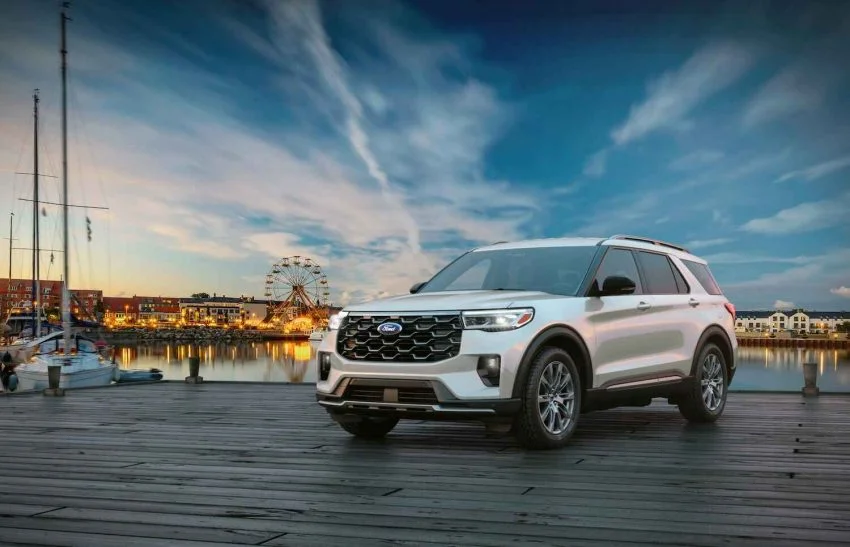
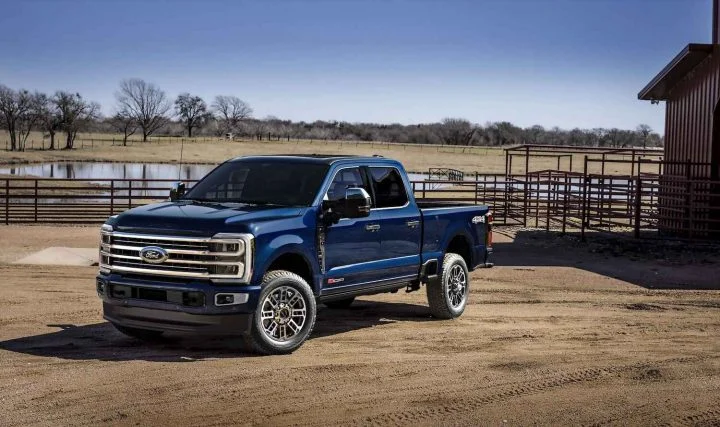

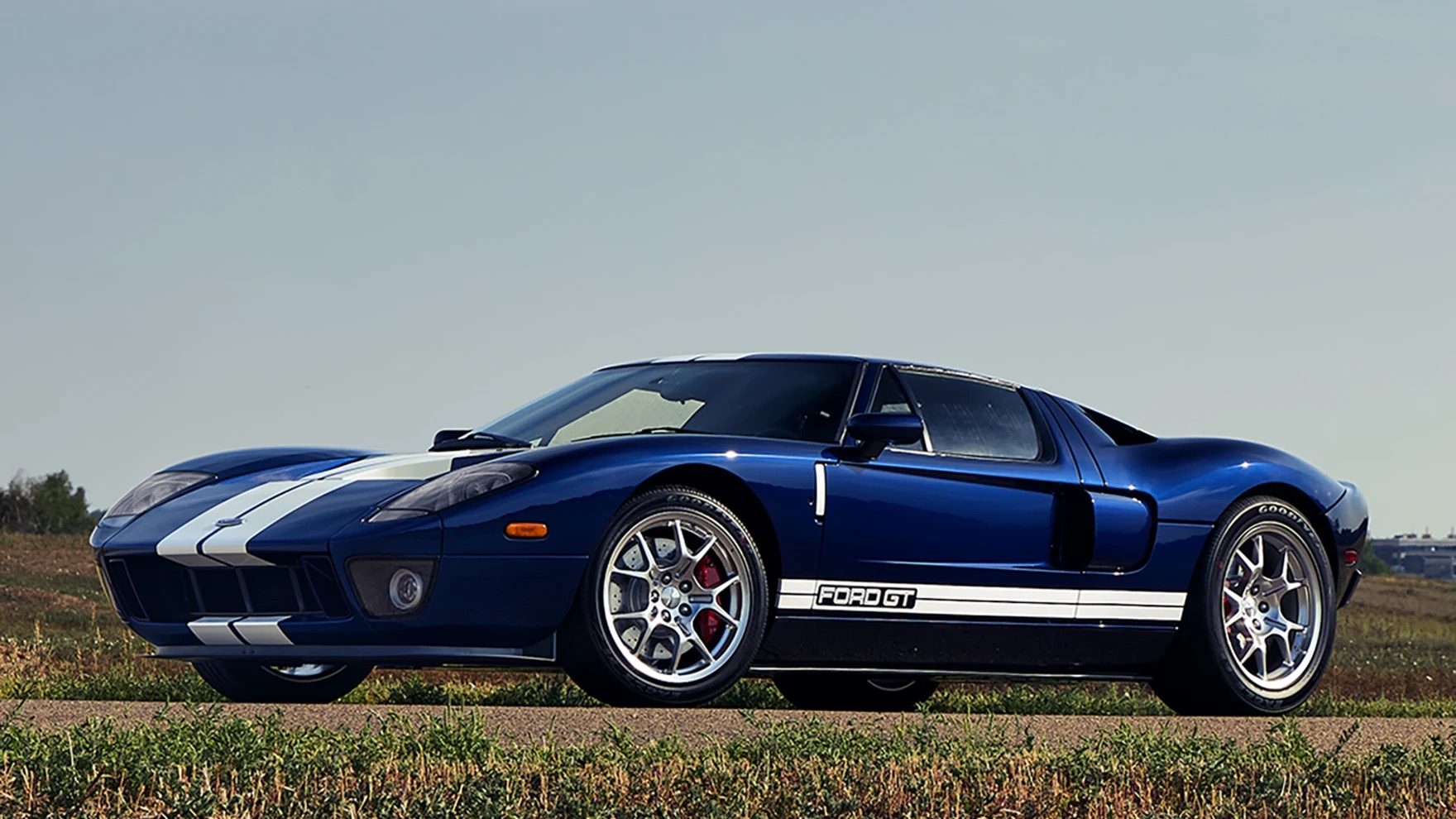



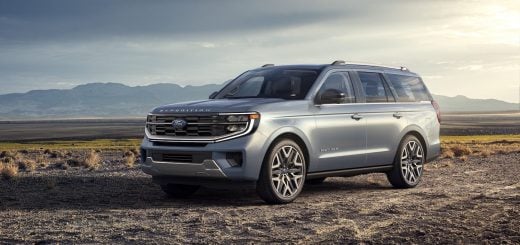





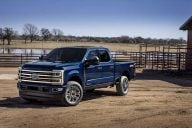
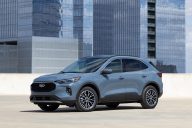
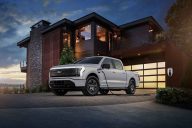
Comments
One of the first Ford EREV was the Fusion Energi midsized sedan in 2013. It had a 15 kWh rechargeable battery, later increased in capacity, The electric range was about 50 miles. This was due to the low energy density of the Panasonic 25 Ah cells, causing the battery to take up almost all the trunk space. But if Ford brings it back with better cells and battery, it will be a great vehicle, competing against imported EV sedans.
Almost all the maintenance and complications of an ICE vehicle plus those of an EV. Probably not less expensive. Now that the range of many BEVs is 3, 4 and even 500 miles and the charging infrastructure has expanded, EREVs just add complexity. And, they won’t power your home when needed or reduce your electricity bill through arbitrage/V2G.
…of course she did.